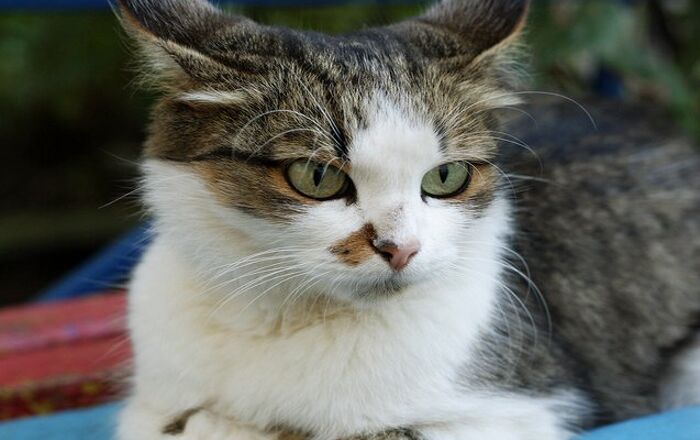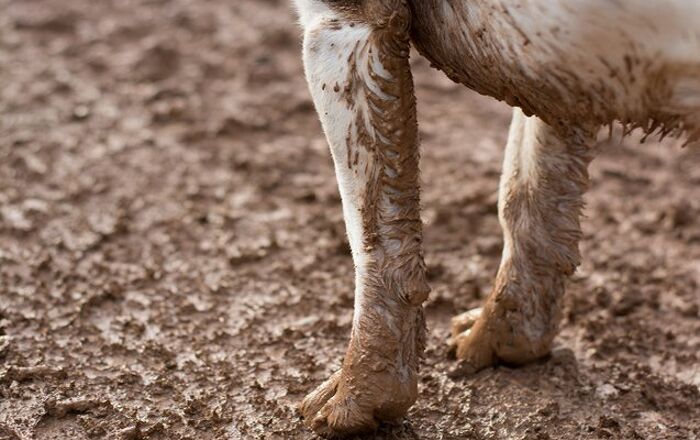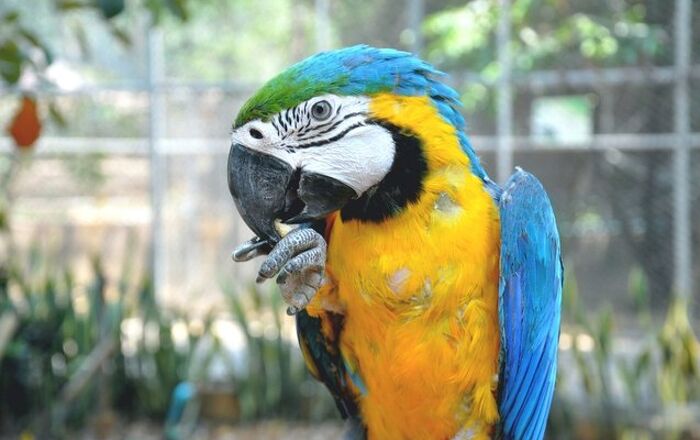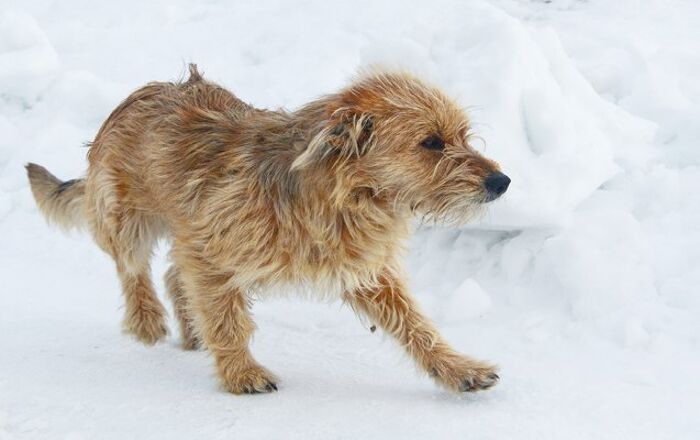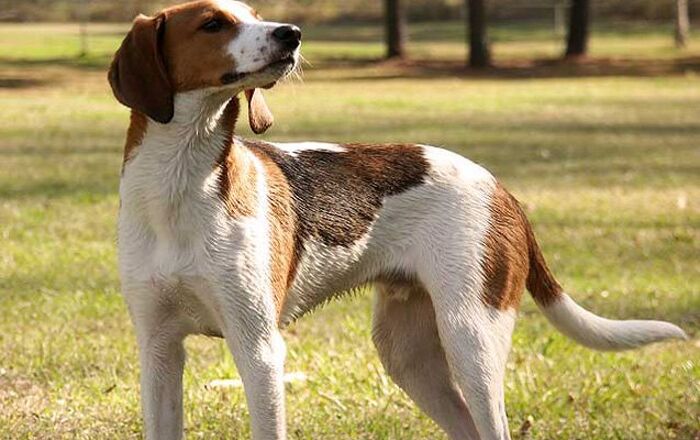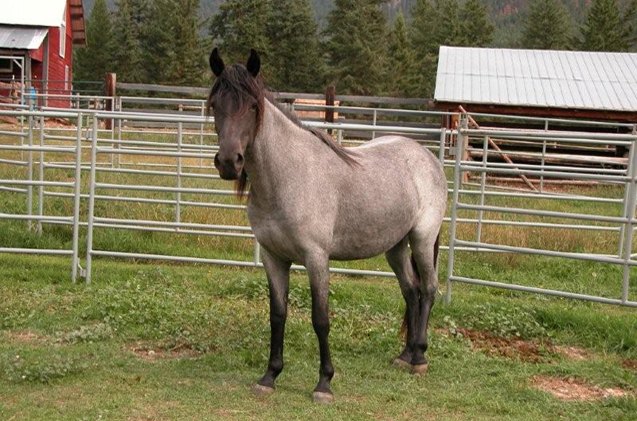
Kentucky Mountain Saddle Horse Breed History
The Kentucky Mountain Saddle Horse has been living in the valleys and hills found in eastern Kentucky for more than 200 years. This horse was bred originally by the state’s mountain people so that they would have a strong animal to assist them with the tasks involved with living on a farm. The breed, which has lived in seclusion for a long time, was domesticated in the latter part of the 1980s.
Over the last two decades, the Kentucky Mountain Saddle Horse has become increasingly popular and it is now a breed that is highly sought after. Considered a pleasure horse in the whole state of Kentucky, as well as across the globe, these horses are beloved for their intelligence, willingness, easygoing personality, and versatility. They are also especially popular for their natural and smooth four-beat gait.
The Kentucky Mountain Saddle Horse is ideal for families, and works well with adults, seniors, and children.
Robert Robinson, Jr., who was a native of Irvine, Kentucky, was able to form the Kentucky Mountain Saddle Horse Association, also known as KMSHA, in 1989. This served to preserve and document the rich heritage and ancestry of the breed.
In 2002, the Spotted Mountain Horse Association, also known as SMHA, was formed as a subsidiary to the Kentucky Mountain Saddle Horse Association. This was done so that horses with spots that don’t conform to the solid color standards of the breed could be registered as Spotted Mountain horses instead.
Today, the Kentucky Mountain Saddle Horse is an equine breed that is recognized by the University of Kentucky, Equine Parentage Testing and Genetic Research Center.
Breed Traits
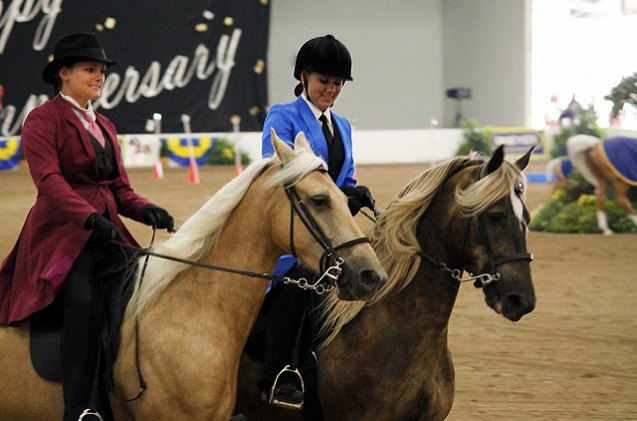
The Kentucky Mountain Saddle Horse is an easygoing breed with a fantastic personality. These horses are friendly, sensible, and easy to handle. They are also safe to ride because they will not easily startle. Plus, they are social creatures that enjoy being around people, so they are ideal for anyone seeking an equine companion that they can spend a lot of time with.
Overall, the Kentucky Mountain Saddle Horse makes a fantastic trail horse. This breed is popular amongst those who seek a companion for trail riding, endurance riding, and pleasure riding.
Also, this breed is ideal for families, as it does well with adults, seniors, and children, and you can feel comfortable on this horse even if you are new to riding or you have any physical limitations. You will notice that the gaits of this horse are easy and smooth.
These horses are popular for their comfortable and smooth four-beat gait.
Overall Description
The body of the Kentucky Mountain Saddle Horse is small to medium in size, but it is surprisingly strong, elegant, and athletic. You will easily note that this horse is surefooted and has a high amount of stamina, with legs that are graceful and thin. It also features three gaits, which are the canter, the single-foot or amble, and the walk.
The eyes should be bold yet gentle, the ears should be well shaped and medium in size, and the profile should be flat. Also, the neck should be of a medium length and width, as well as graceful, and the mane should be long and flowing. The shoulders should be well sloped, and the chest should be wide and deep.
The Kentucky Mountain Saddle Horse is easygoing and social.
Colors
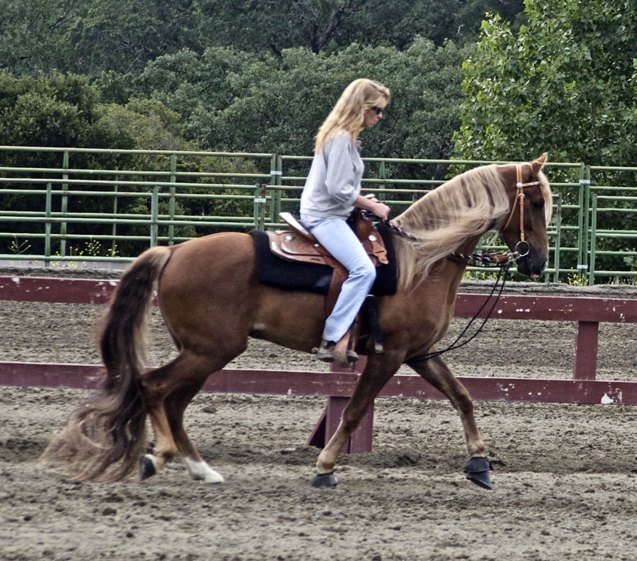
The Kentucky Mountain Saddle Horse can feature any of the many solid equine colors, and the tail and mane also come in a wide range of colors. These include bay, palomino, gray, perlino, cremello, white, chestnut, roan, black, champagne, dun, grullo, brown, and buckskin.
Sometimes, these horses can also feature white markings on the legs and face. However, the white on the coat must be limited to just 36 square inches or less on the body. Otherwise, the horse is considered a Spotted Mountain Horse, as those horses can have more than 36 inches of white on their coat, and they may also feature other patterns, such as overo, tobiano, and sabino.
Grooming Requirements
Regular grooming sessions for your Kentucky Mountain Saddle Horse will be a great opportunity to bond with this social animal.
Standard horse grooming tools will be sufficient to keep your horse’s coat smooth, shiny, and free of dirt, mud, and other debris. Use a hoof pick to clean out the horse’s hooves after riding, and utilize a curry comb to remove any loose hair and debris that has collected in the coat. Other tools, including a dandy brush, body finishing brush, and shedding blade, can further remove debris and excess hair.
To keep your horse’s mane, which is one of its most beautiful features, flowing smoothly and free of tangles, simply use a mane comb. A tail brush can also be used on the tail to keep it untangled and clean. You can even shampoo and condition your horse’s coat to keep it soft and shiny.
Photo credit: Kittymama/Wikimedia; Just chaos/Wikimedia; Jocelyn C/Flickr



